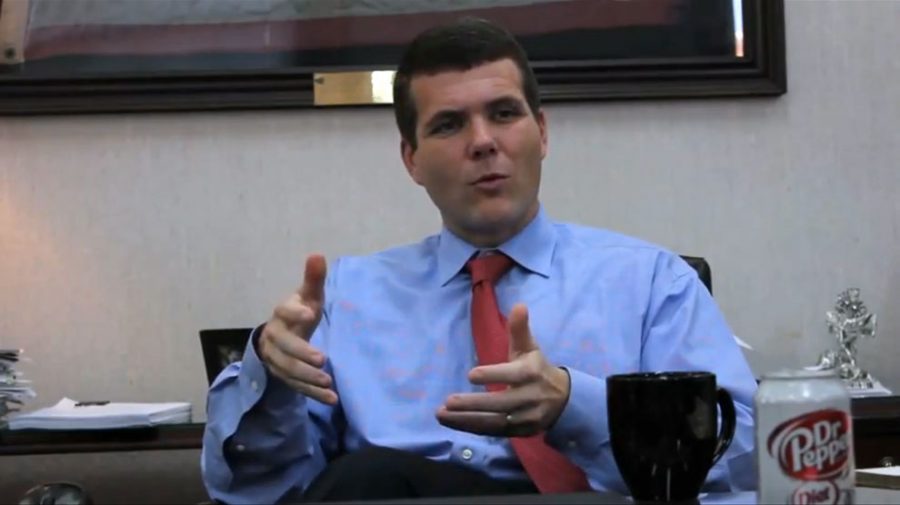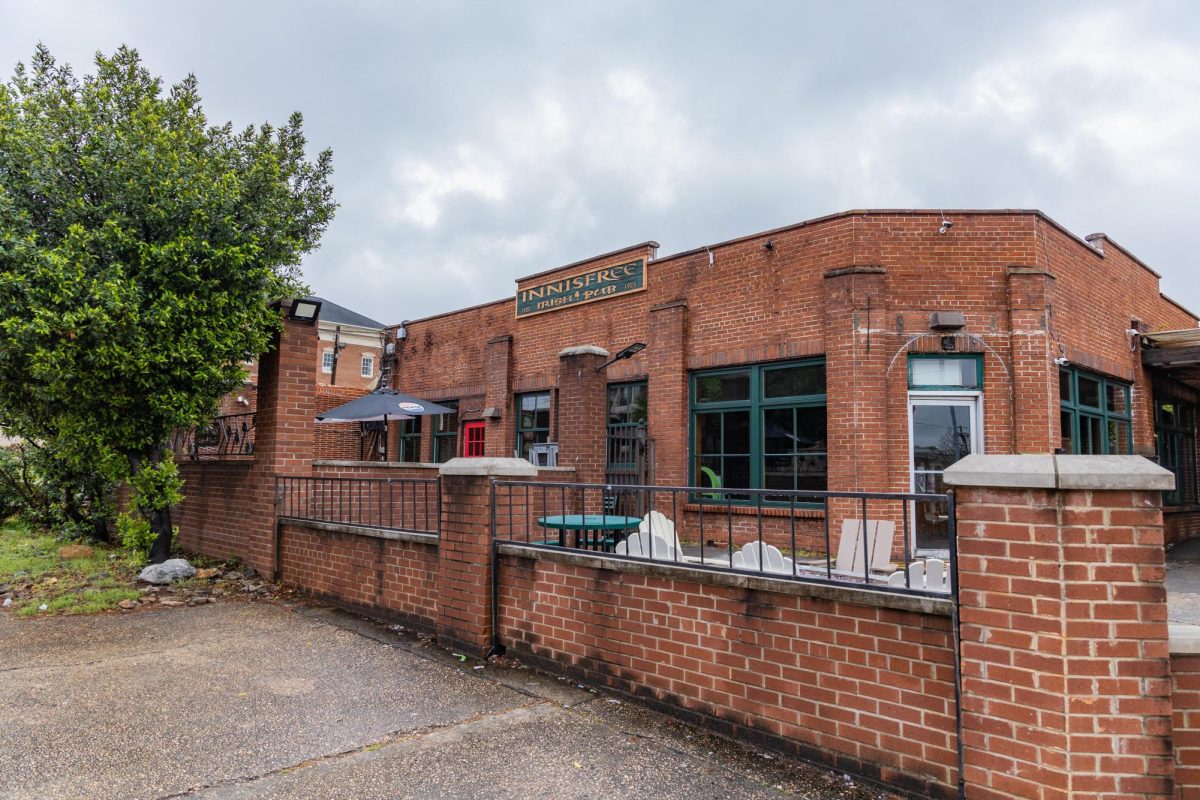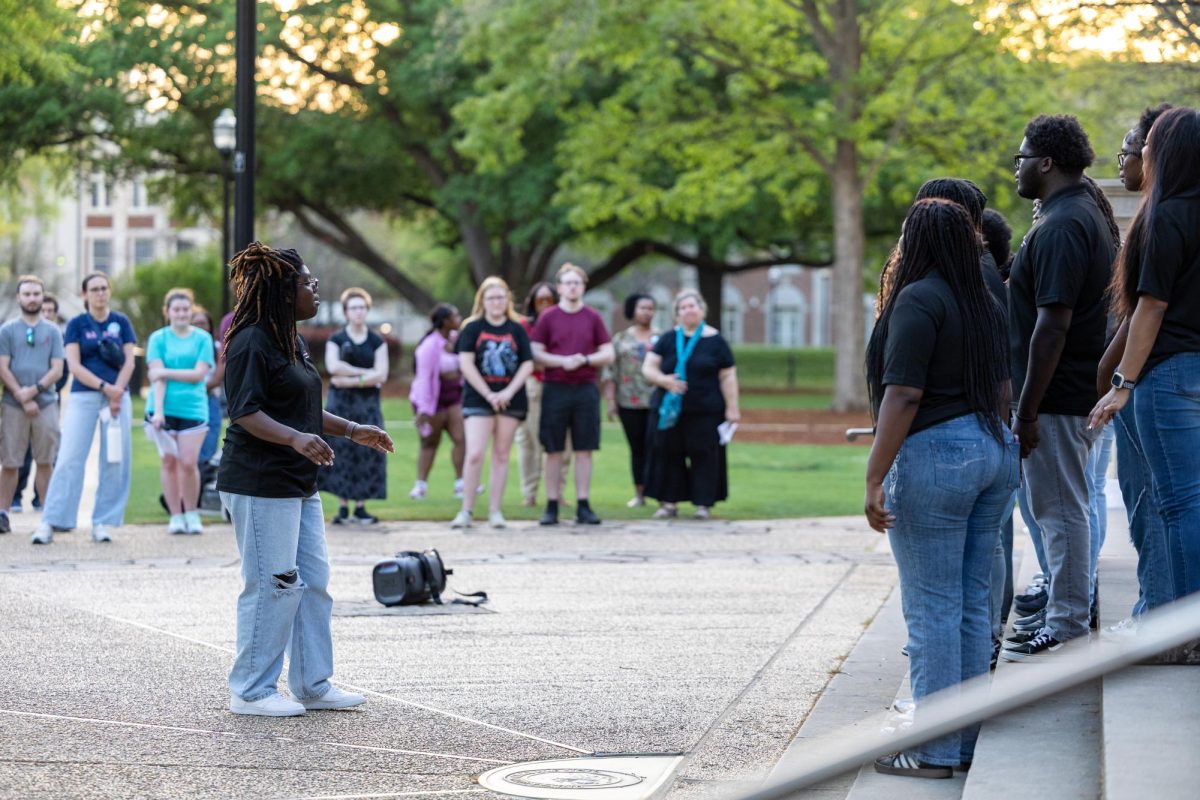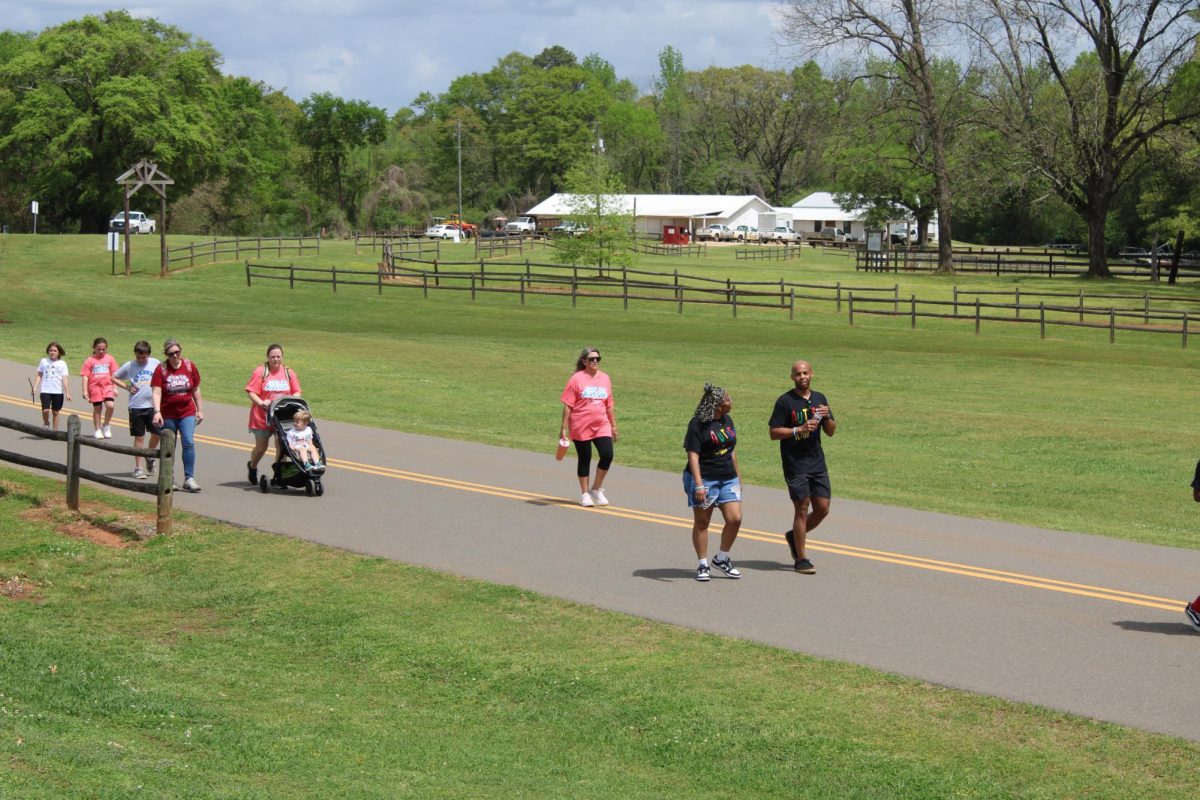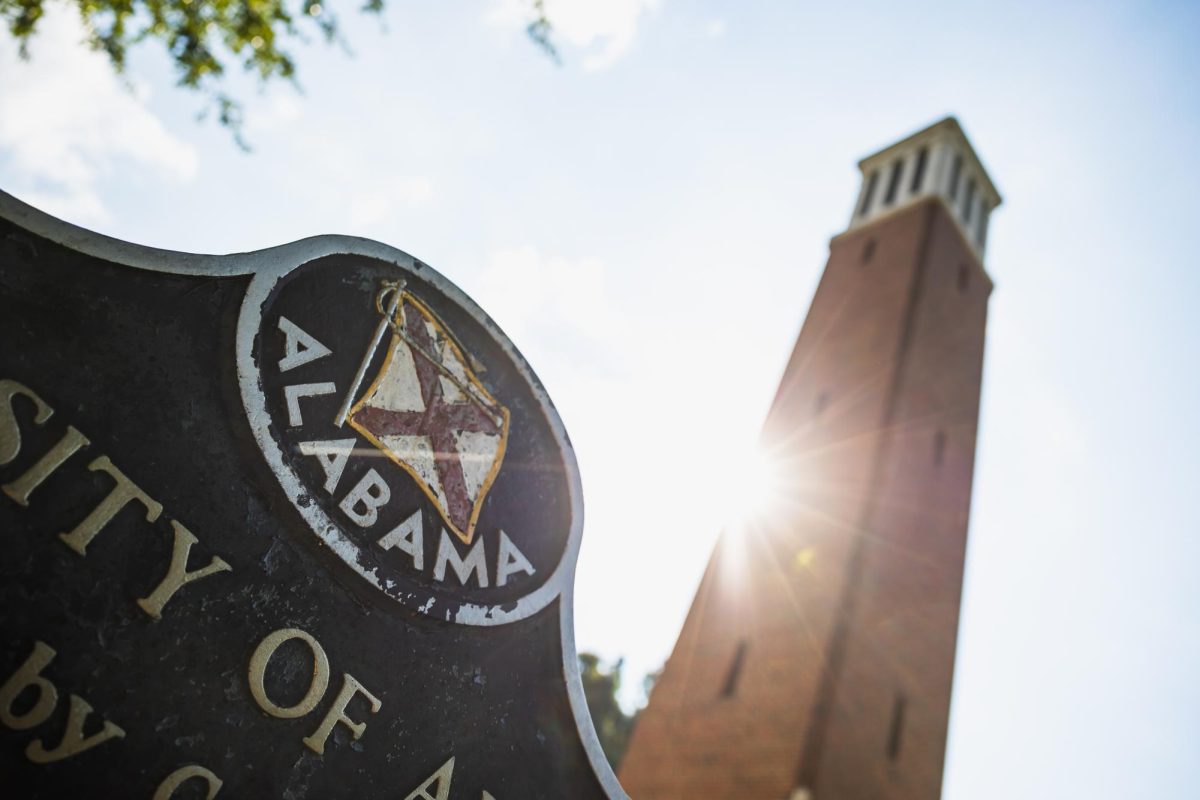Tuscaloosa Mayor Walt Maddox said he thought the recent passing of the Tuscaloosa Forward plan sends a strong signal that the 12 percent of the city that was damaged and destroyed on April 27 needs a new way of rebuilding.
“If we did not pass Tuscaloosa Forward, we would’ve allowed the rebuilding to take place on a system that’s foundation was 1972,” Maddox said. “A lot has changed and it’s important to give commercial property owners and residential owners the tools necessary to rebuild. Otherwise, the majority would’ve been limited by ordinances that did not provide flexibility as it relates to parking, landscaping and setbacks in signage.”
The plan, an urban code that details the rebuilding process for the city, was passed unanimously by the City Council on Sept. 6 amid mixed feelings by business owners to the guidelines put forth in it.
“One of the greatest myths out of the last few months has been the fact that businesses and residential could not rebuild, and that’s simply not the case,” Maddox said. “Since April 27, we’ve issued 3,124 permits with evaluation of over $78 million. What we have to keep doing is keep talking about the rebuilding so that people can continue to know there are opportunities to build under these temporary building standards that exist. “
Prior to the passing of the Tuscaloosa Forward plan, Maddox and other city officials visited Joplin, Mo. to exchange ideas and methods for recovery following tornadoes in both locations.
Maddox said both Tuscaloosa and Joplin have common ideas of what needs to be done to resolve each city’s respective housing issues, infrastructure issues and other humanitarian needs.
“The majority of that is going to manifest itself by working together with Joplin to secure federal funding,” he said. “They will likely seek somewhere over $1 billion; we will likely seek somewhere in the neighborhood of above $500 million. “
Maddox said the two cities are eerily similar in terms of the number of houses that were damaged or destroyed, as Joplin had roughly 8,000 affected homes, while Tuscaloosa had 7,200.
The path of the tornado in Joplin, both in length and width, was very similar to that of the tornado that affected Tuscaloosa on April 27, he said.
The major difference between the two was that the tornado in Joplin was an EF5, with winds probably 20 to 30 mph greater than what was experienced in Tuscaloosa, he said.
“A couple of things that might highlight the difference is they had 31 manholes that were sucked out of their streets; we had zero,” Maddox said. “Let me tell you that’s an engineering feat to be able to do that.
“The second, which probably gives a better illustration to how much that 20 to 30 mph wind can make is that for every four homes here in Tuscaloosa that were damaged, one was destroyed. In Joplin, for every four homes that were damaged, three were destroyed.”
Maddox said communication between the two cities would continue and that he hoped city officials from Joplin would visit Tuscaloosa in the future.
“The day of the first Alabama football game the Mayor of Joplin texted me and said he saw a special on ESPN and ‘Roll Tide,’” Maddox said. “There is definitely a kinship among us and our staffs because we both have experienced such tragedy. We are sister cities joined by tragedy. But we’ve also seen the amazing willpower of the human spirit. There’s no doubt we’re forever connected by the terrible tragedies that set our communities on April 27 and May 22, respectively.”



